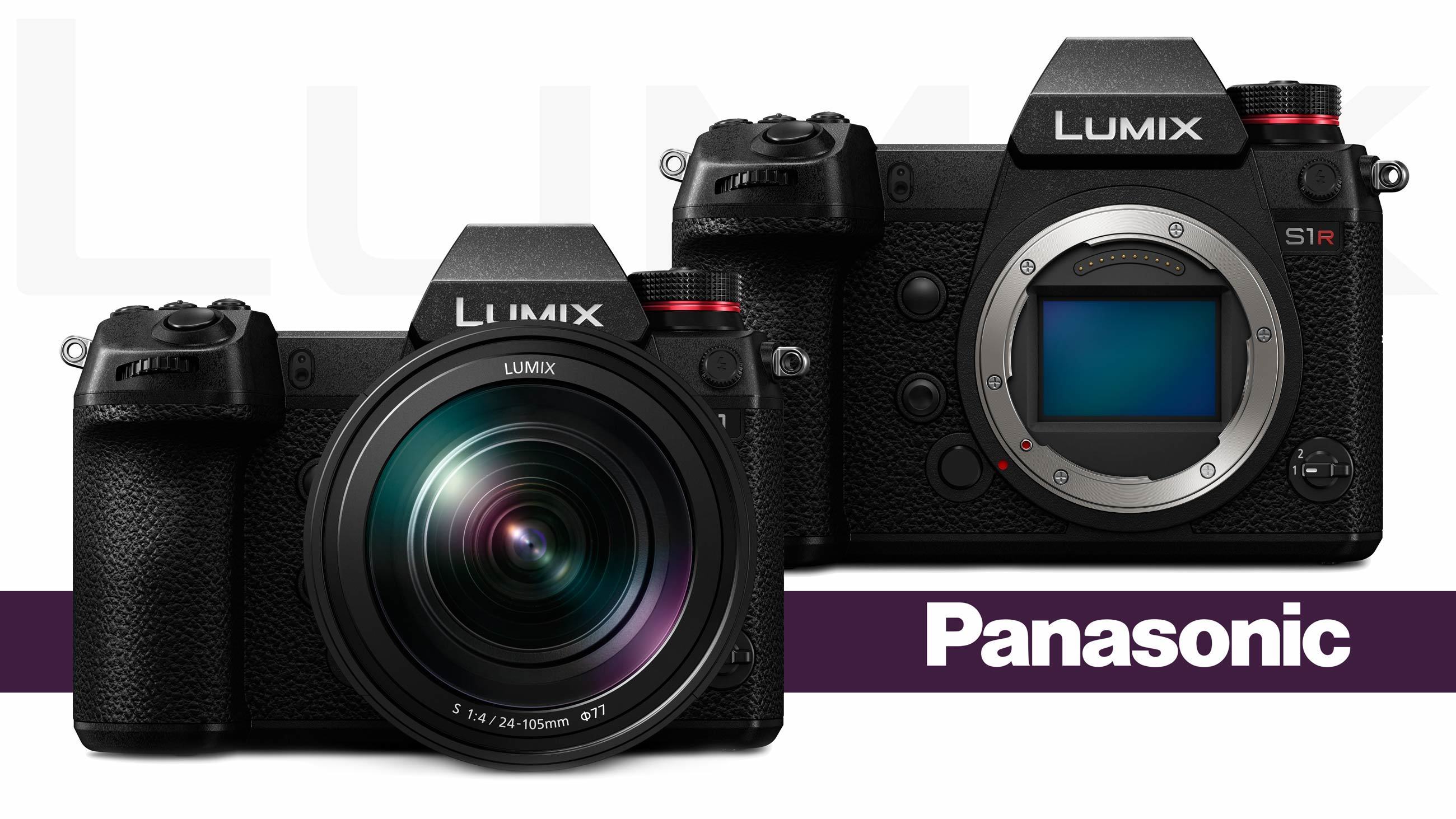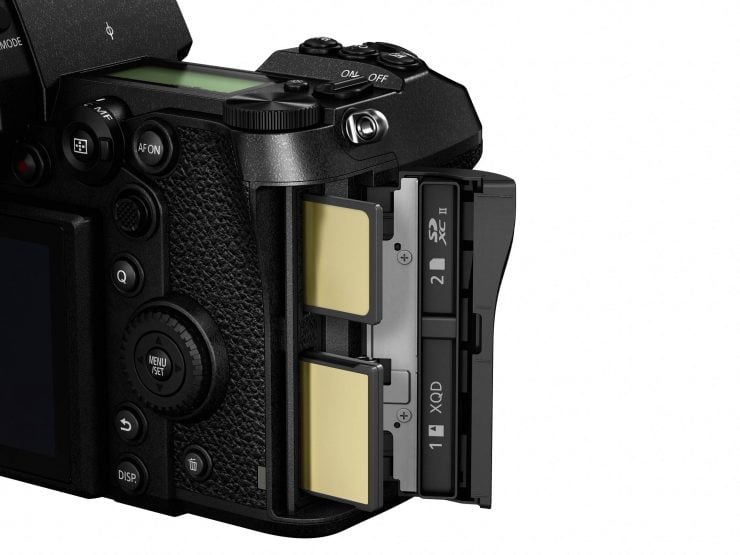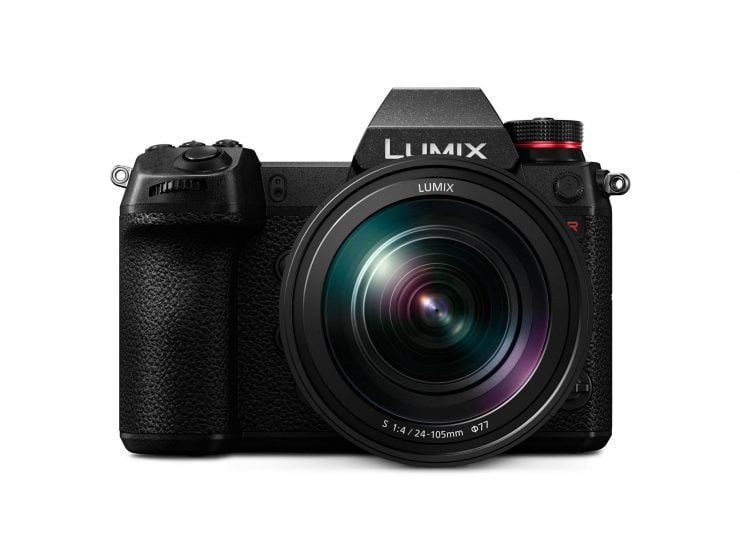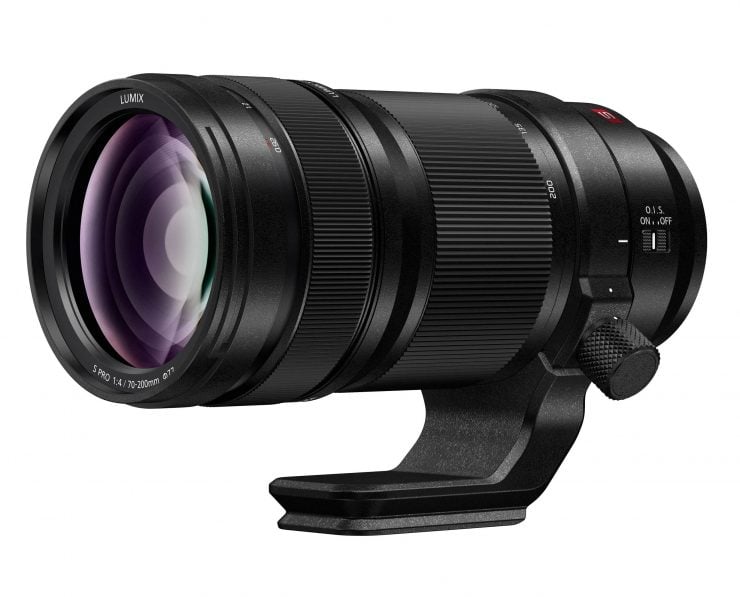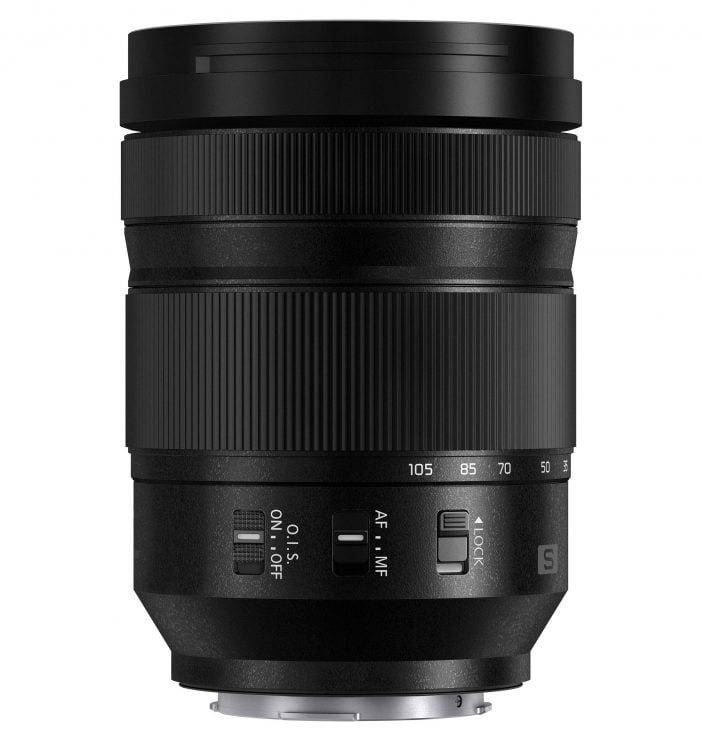Panasonic’s S1 and S1R full-frame mirrorless cameras were announced last September at Photokina along with the “L-Mount” that it uses (the L-Mount is the product of a partnership between Panasonic, Sigma, and Leica), so it is no surprise that they were coming. But now, the specs for these cameras (along with their prices) have been released, and we can finally begin answering the question: does Panasonic have any hope in the suddenly crowded full-frame mirrorless market?
Let’s take a look.
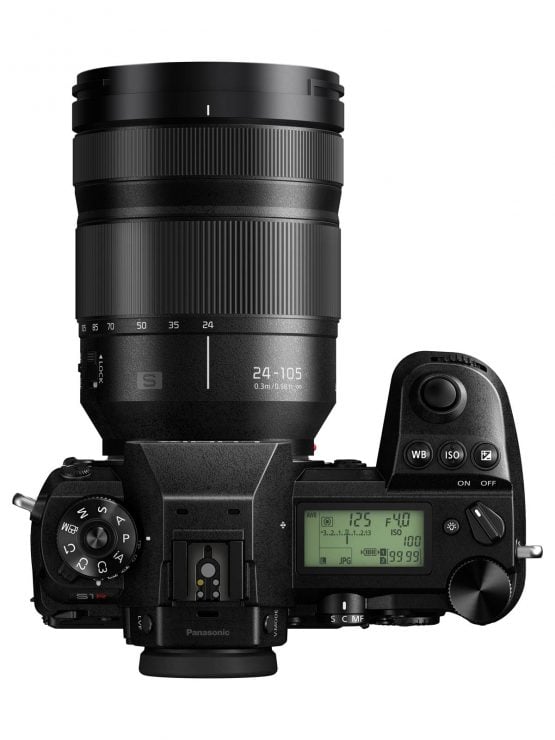
Who Are These Cameras For?
The first thing that jumps out at me is that they’re larger and heavier than their Sony & Nikon counterparts, and they cost a bit more. Here are some of the basic stats:
| Panasonic Lumix S1 | Panasonic Lumix S1R | Nikon Z6 | Nikon Z7 | Sony A7III | Sony A7RIII | |
|---|---|---|---|---|---|---|
| Price (Body) | $2497 | $3697 | $1999 | $3397 | $1999 | $2999 |
| Len Mount | L-Mount | L-Mount | Z-mount | Z-mount | E-mount | E-mount |
| Sensor Resolution | 24.2 Megapixel | 47.3 Megapixel (no low pass filter) | 24.5 Megapixel | 45.7 Megapixel | 24.2 Megapixel | 42.4 Megapixel |
| ISO Range | 100-51200 | 100-51200 | 100-51200 (50-204800) | 64-25600 | 100-51200 (50-204800) | 100-32000 (50-102400) |
| Autofocus Points (total) | 225 | 225 | 273 | 493 | 1118 | 824 |
| Autofocus Points (phase) | Contrast AF system Only | Contrast AF system Only | ? | ? | 693 | 399 |
| Autofocus Points (contrast) | 225 | 225 | ? | ? | 425 | 425 |
| AF Light Level | -5 to 19 EV (with f/2 lens) | -5 to 19 EV (with f/2 lens) | -2 to +19 EV (with f/2 lens) | -1 to +19 EV | -3 to 20 EV (with f/2 lens) | -3 to 20 EV (with f/2 lens) |
| Frame Rate (Mechanical Shutter) | 9fps AF-S / 6fps AF-C | 9fps AF-S / 6fps AF-C | 12fps (12-bit RAW or JPG) | 9fps (12-bit RAW) | 10fps (14-bit RAW) | 10fps (14-bit RAW) |
| Buffer Size | 90+ RAW 999+ JPG | 40+ RAW 50+ JPG | 89 compressed RAW 40 uncompressed RAW | 76 compressed RAW 28 uncompressed RAW |
||
| Built-In Image Stabilization | 5-axis, 5.5 stops | 5-axis, 5.5 stops | 5-axis, 5 stops | 5-axis, 5-stops | 5-axis, 5 stops | 5-axis, 5.5 stops |
| Anti-Flicker | ? | ? | No | No | Yes | Yes |
| Shutter Speeds | 1/16,000 - 60 (1/8000 mechanical shutter) | 1/16,000 - 60 (1/8000 mechanical shutter) | 1/8000 - 30 sec | 1/8000 - 30 sec | 1/8000 - 30 sec | 1/8000 - 30 sec |
| Flash Sync Speed | 1/320 sec. | 1/320 sec. | 1/200th sec. | 1/200th sec. | 1/250 sec. | 1/250 sec. |
| Video Resolution | 4K (3840x2160), 1080p, 720p | 4K (3840x2160), 1080p, 720p | 4K (3840x2160), 1080p, 720p | 4K (3840x2160), 1080p, 720p | 4K (3840x2160), 1080p, 720p | |
| Max 4K Framerate | 60fps | 60fps | 30fps | 30fps | 30fps | 30fps |
| Max 1080p Framerate | 60fps High Speed Mode: 29.97p (Sensor output is 180fps / 150fps)] | 60fps High Speed Mode: 29.97p (Sensor output is 180fps / 150fps)] | 120fps | 120fps | 120fps | 120fps |
| Video Format | MP4: H.264/MPEG-4 AVC AVCHD Progressive | MP4: H.264/MPEG-4 AVC AVCHD Progressive | MOV/MP4 H.264/MPEG-4 | MOV/MP4 H.264/MPEG-4 | XAVC S, AVCHD format Ver. 2.0 H.264/MPEG-4 | XAVC S, AVCHD format Ver. 2.0 H.264/MPEG-4 |
| Clean HDMI Out | 4:2:2 8bit (Except for [4K/60p]) / 4:2:0 8bit | 4:2:2 8bit (Except for [4K/60p]) / 4:2:0 8bit | Yes: 3840 x 2160 (24/30p),(4: 2: 2 10-bit HDMI output) | (4: 2: 2 10-bit HDMI output) | Yes: 3840 x 2160 (24/30p), YCbCr 4:2:2 8-bit / RGB 8-bit | Yes: 1920 x 1080 (24p), 1920 x 1080 (60p), 1920 x 1080 (60i), 3840 x 2160 (30p), 3840 x 2160 (24p), YCbCr 4:2:2 8-bit / RGB 8-bit |
| Log Profile | ? | ? | N-log | N-log | S-log2, S-log3 | S-log2, S-log3 |
| Heaphone Jack | Yes (3.5mm stereo) | Yes (3.5mm stereo) | Yes (3.5mm stereo) | Yes (3.5mm stereo) | Yes (3.5mm stereo) | Yes (3.5mm stereo) |
| EVF Type | 5,760,000 pixel OLED | 5,760,000 pixel OLED | 1.3cm Quad VGA 3,686,400 pixel | 1.3cm Quad VGA 3,686,400 pixel | 1.3cm XGA OLED 2,359,296 pixel | 1.3cm Quad VGA OLED 3,686,400 pixel |
| EVF Coverage | 100% @ .78x | 100% @ .78x | 100% @ 0.8x | 100% @ 0.8x | 100% @ .78x | 100% @ .78x |
| EVF Frame Rate | 120fps / 60fps | 120fps / 60fps | 60fps | 60fps | 60 or 120fps NTSC 50 or 100fps PAL |
|
| Rear LCD | 3.2" 2,1000,000 | 3.2" 2,1000,000 | 3.2" 2,1000,000 | 3.2" 2,1000,000 | 3" Touchscreen 921,600 pixel | 3" Touchscreen 1,440,000 pixel |
| Swivel Angles | Up Down Right | Up Down Right | Up Down | Up Down | Up 107 degrees Down 41 degrees | Up 107 degrees Down 41 degrees |
| Body Size | 148.9 x 110.0 x 96.7 mm | 148.9 x 110.0 x 96.7 mm | 134 mm x 100.5 mm x 67 mm | 134 mm x 100.5 mm x 67 mm | 126.9 mm x 95.6 mm x 62.7 mm | 126.9 mm x 95.6 mm x 62.7 mm |
| Weight (with battery and memory card) | 1,021g | 1,020g | 675g | 675g | 650g | 657g |
| Media | 1 XQD Slot 1 SD Slot | 1 XQD Slot 1 SD Slot | 1 XQD Card Slot | 1 XQD Card Slot | 2 SD Slots (1 UHS II) | 2 SD Slots (1 UHS II) |
| Battery Type | Li-ion Battery Pack (3050mAh) | Li-ion Battery Pack (3050mAh) | EN-EL15b or EN-EL15a (shorter life) | EN-EL15b or EN-EL15a (shorter life) | NP-FZ100 (2280mAh) | NP-FZ100 (2280mAh) |
| CIPA Battery Life (EVF Shooting) | ~360 images | ~340 images | ~310 shots 10-15 min of movie recording | ~330 shots (EVF or Live View not stated) !!!10-15 min of movie recording | ~610 Shots | ~530 Shots |
| Connectivity | SuperSpeed USB 3.1 Gen1 Type-C, Wi-Fi (2.4 and 5GHz), Bluetooth | SuperSpeed USB 3.1 Gen1 Type-C, Wi-Fi (2.4 and 5GHz), Bluetooth | USB-C, Wi-Fi (2.4 and 5GHz), Bluetooth | USB-C, Wi-Fi (2.4 and 5GHz), Bluetooth | USB-C, NFC, Wi-Fi (2.4GHz), Bluetooth | USB-C, NFC, Wi-Fi (2.4GHz), Bluetooth |
What’s Special About the Panasonic Cameras?
Panasonic is touting their 60 or 30 fps burst shooting modes, in which the camera shoots a video clip at either 4K / 60fps or 6K / 30fps for short bursts, and then photographers can extract a JPG from those clips at either 8 or 18 megapixels, respectively. This could certainly be helpful for sports photographers or journalists who need to capture a particular moment, even if the quality is reduced.
Panasonic is known for the video capabilities of their MFT cameras, so it’s no surprise that they are pushing the limits with the S1 and S1R, which can both shoot 4K video at 60fps (for a maximum of 15 minutes, as long as it’s not too hot out, with the S1R, 30 minute limit with the S1). The S1 has no time limit for 30p shooting at 4K, which is also a first, as far as I know.
The S1 and S1R both have electronic viewfinders with extraordinarily high resolution OLED displays. I don’t think that there was any demand for this, and it will decrease battery life. On the other hand, the new cameras’ AF system is supposed to function even at -6EV with an f/1.4 lens, which is practically pitch dark. That’s impressive, if true.
Like the others on the market (except Canon), Panasonic’s camera has built-in 5.5 stop image stabilization which can work in conjunction with their lenses’ stabilization for a total of about 6 stops of stabilization. They also have two memory card slots, an XQD and SD.
Three Lenses Available
There will be three Panasonic lenses available for the system initially: a 70-200 f/4, a 50mm f/1.4, and a 24-105 f/4, all pretty standard consumer-favorites rather than professional workhorses (perhaps the 50mm would fall into that category). The lenses are all weather-sealed and designed for video and photography.
Panasonic’s lens roadmap shows that they plan to offer 18 lenses by the end of 2020, with the next offerings being the golden-triad: 16-35 f/2.8, 24-70 f/2.8, and 70-200 f/2.8. Frankly, they should have started with those three if they are aiming at a professional market… or even a market of advanced amateurs who are willing to spend thousands of dollars on a camera body.
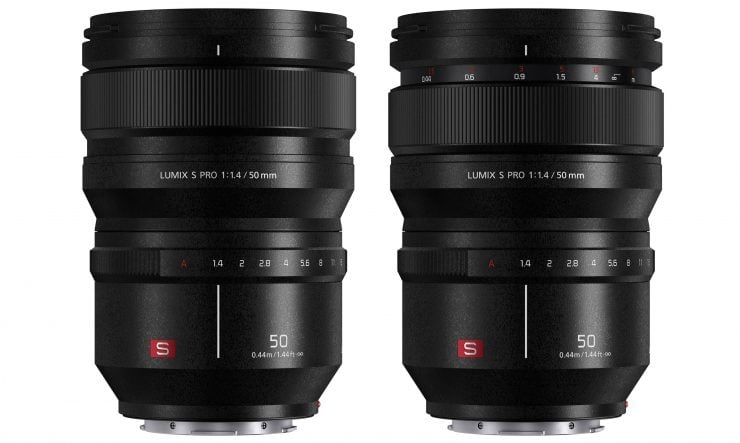
Several Leica L-mount full-frame lenses are also available, though the cheapest is probably the Summicron-SL 75mm f/2 lens for $4750 (an APO Vario-Elmarit SL 90-280mm f/2.8-4 Lens is available for $6395).
Initial Thoughts
These look like good, solid cameras and will almost certainly be suitable for professional use, according to their specs. The bigger question is: do they have enough to draw people away from Sony, Nikon and Canon?
I doubt it, but you never know what some people will buy. Panasonic is a newcomer to the full-frame market, which is a big initial strike against them to overcome… it took Sony five years of stagnation by Nikon and Canon to become a serious contender. The Lumix cameras are not less expensive. They don’t have more lenses to offer. Where their specs are better, they’re minimally better, or gimmicky (like the pull-from-video bursts stills).
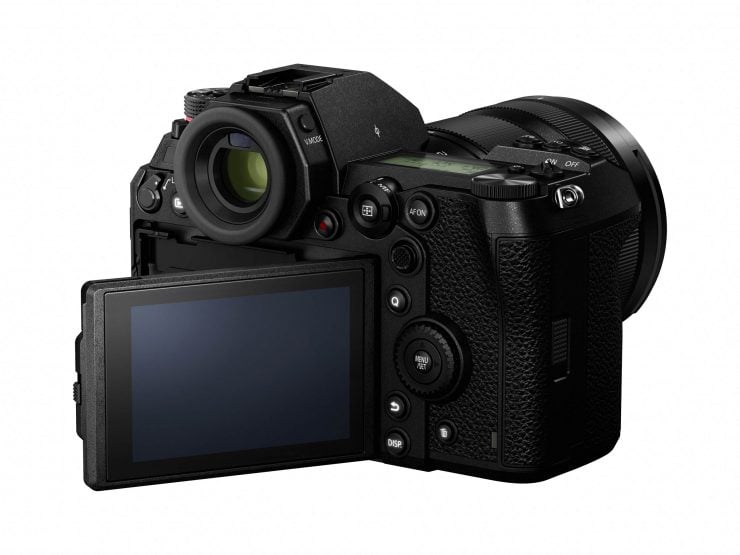
And one of the reasons that people have moved to mirrorless is that they’re generally more compact than SLRs… but not in this case. The S1 series cameras are built like tanks: the Sony A7III weighs just over half (ok, 64%) as much as the Lumix S1. Battery life is worse than Sony and no better than Nikon.
But of course, time will tell. Sigma will almost certainly help by producing their lenses in L-Mount, and Leica
Prices and Availability
Panasonic expects to begin shipping the S1 and S1R on April 4th of this year, along with their three lenses. The S1 will cost and the S1R will be . If you’re ready to buy an f/4 zoom, the 70-200 f/4 will cost $1698 and the 24-105 f/4 will be $1298. The L-mount 50mm f/1.4 will be $2,298, one of the most expensive 50mm lenses I’ve ever seen that isn’t German.
These cameras and lenses are all available for pre-order now from B&H or Adorama.
